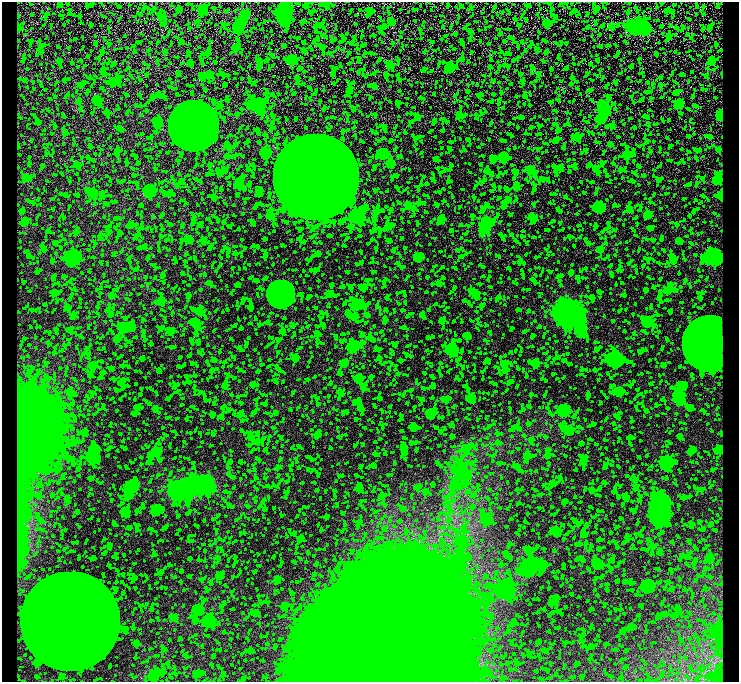
back to main Virgo page
| images = |
Core.fits |
List of images or MEF files |
| objmasks = |
CoreP2.pl |
List of output object masks |
| omtype = |
numbers |
Object mask type |
| skys = |
List of input/output sky maps | |
| sigmas = |
List of input/output sigma maps | |
| masks = |
RMCore.pl |
List of input bad pixel masks |
| extname = |
Extension names |
|
| logfile = |
STDOUT |
List of log files |
| blkstep = |
1 |
Line step for sky sampling |
| blksize = |
-5 |
Sky block size (+=pixels, -=blocks) |
| convolv = |
Convolution kernel | |
| hsigma =
|
2 |
Sigma threshold above sky |
| lsigma = |
4 |
Sigma threshold below sky |
| hdetect = |
yes |
Detect objects above sky? |
| ldetect = |
yes |
Detect objects below sky |
| neighbo = |
4 |
Neighbor type |
| minipix = |
2 |
Minimum number of pixels in detected objects |
| ngrow = |
1 |
Number of grow rings |
| agrow = |
1 |
Area grow factor |
| mode = |
a |

